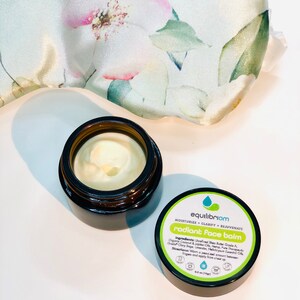
Well, except for "You've grown up", but there's little you can do with that little amount of text. Also, note how every piece of text is shaped sort of like a diamond, in that the top and bottom are narrower in width than the middles. This is a deliberate choice to make the text better fit the speech bubble. Specifically, "mistaking" is hyphenated to "mis-/taking".

Text shaping/formatting: Take a look at panel 2 and how the text in the bubble is formatted. Text Centering: See how all of the text are centered vertically and horizontally in their bubbles? It's a small visual detail, but I think it really enhances the overall quality of a translated work. The exact fonts I'm using here are Suplexmentary for the normal font and CCMaladroit for the announcer. A note about all-caps fonts: Some typesetters like to use all-caps fonts for everything, some like to use lowercase fonts for normal text and all-caps for special things like yelling or sound effects. It also has been italicized to emphasize the yelling.) and for Maria and Nearl. Note I'm using different fonts for the announcer (Since he's yelling, a "loud" font fits. I want to draw attention to some parts that match my explanations:įont Choice: I'm using more "comic-like" fonts here. Since I believe in show, not tell, here's an example of what I would do. "Onee-/chan" instead of "Onee/-chan" ('/' denotes a linebreak). If the translated text just will not fit nicely in a bubble without shrinking it to a tiny size, you can let it "spill over" the bubble borders and give it a white stroke effect.Īs an aside, if you're hyphenating a word with an honourific like "-san", "-chan", etc., the hyphen stays with the first word. Same goes for multiple hyphenations for very long words or very narrow bubbles. For example, "Blemishine" could be hyphenated as "Blem-ishine" or "Blemi-shine". Where to hyphenate a long word depends on how its pronounced you'll want to match the hyphen with a syllable. If a long English word doesn't fit, you'll have to hyphenate it (split it and add a '-' dash to indicate hyphenation). This usually means your English text will be quite vertically-shaped as it takes the general form of the bubble it resides within. As the typesetter, you have to try your best to make the English text fit their Japanese bubble. Horizontal English text does not fit Japanese vertical bubbles very well.

English is (usually) written horizontally. Japanese is (usually) written vertically. Try your best to center translated text in their speech bubble.įinally, the greatest annoyance when typesetting manga. Unfortunately, English and other horizontally-written languages don't look as good if they're not properly centered. Due to Japanese text commonly being written vertically, they can get away with weird centering of text in bubbles. One of the differences in comic styles between manga and Western graphic novels is how text is centered in a speech bubble.
#Radiant defense papercraft free
Most of these can be easily found on free font sites like DaFont. Here's a list of good fonts compiled by a well-known scanlator. It may not seem like it, but the right font, at the right size, with the right style (normal, bold, italics) can make all the difference. When typesetting, the single most important component is the font you choose.

I'd like to offer some tips as I've got some experience in scanlating manga/doujinshi.


 0 kommentar(er)
0 kommentar(er)
